What is a Smart Mirror?
For my final project I decided to create a smart mirror. A smart mirror combines the uses of a traditional mirror with a digital aspect to bring up-to-date information to the user directly on the mirror surface. For the most part this information is simple like time, weather, calendar, and news; however there are almost endless possibilities to what can be programmed on a smart mirror. Smart mirrors are not commercially available right now so many members of the DIY community have taken on the challenge of building their own. There are four main components of a smart mirror: the frame, two-way mirror, computer screen, and a computer. I will discuss how I used each of those to create the mirror later in this report.
Inspiration
I originally wanted to make a infinity mirror for my final project but after researching them online I stumbled across smart mirrors on YouTube and instantly knew I wanted to make one. After hours of researching how different people have made their smart mirrors I felt confident that I could at least construct a simple one. My next goal was to go beyond what I had seen online and really create a mirror that focuses on the aesthetic aspect of the mirror.
Design
The first step in my design process was to purchase a computer monitor off Craigslist and measure what size the screen was so I could design a frame. With those dimensions I constructed a frame in SolidWorks using 1×3 pieces of wood that I would later purchase from Home Depot. Once the frame was complete I modeled a piece of two-way acrylic mirror, computer monitor, and the raspberry pi computer so I could see how all these would assemble together.
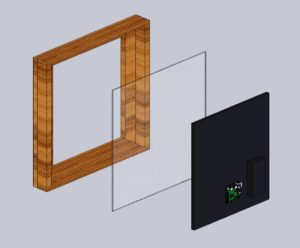
Fabrication
Similar to the design process my first step to actually fabricate this mirror was to buy a computer monitor a remove the plastic bezel from it. After doing this I used duct tape to secure the loose electronic components that were originally held in place by the bezel. Once I had the dimensions of the monitor I used a laser cutter to cut the acrylic two-way mirror exactly to the same size.
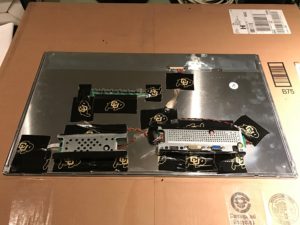
After that I began working on the frame. This was the most time consuming part of the project due to the frame’s custom dimensions. I started by cutting four pieces of 1×3 with a 45 degree miter cut so that they could be joined together to create the front face of the mirror.
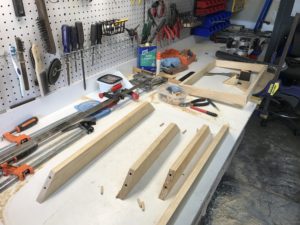
I then used dowels and wood glue to secure the miters together. This created a minimalist aesthetic since I didn’t have to use any nails.
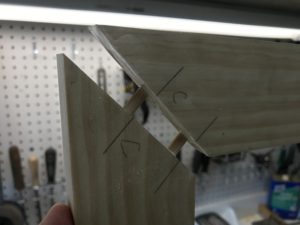
After the bare frame was complete I used a handheld router to give the edges something exciting. I waited until the frame was completely together so I could achieve round corners on the inside of the frame and square on the outside. Once the glue had set I sanded the entire frame until it felt like one piece of wood. Next came the dark stain and a protective polyurethane coat since this will be used in a humid environment. After the stain and clear coat finished drying I test fitted the mirror.
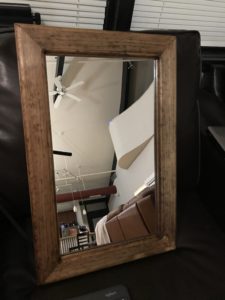
It fit! With that nice relief I began to integrate the monitor and all the electrical components ensuring that everything was secured.
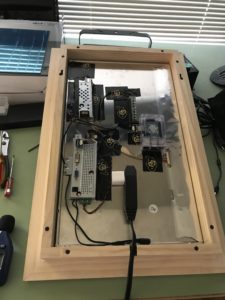
With everything functional I loaded MichMich’s MagicMirror platform onto my raspberry pi. After a few tweaks to configure the stock widgets on the mirror, I had a functional smart mirror!
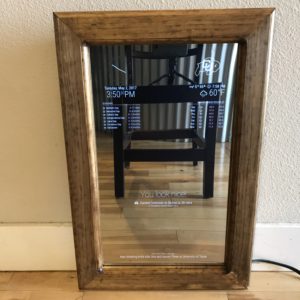
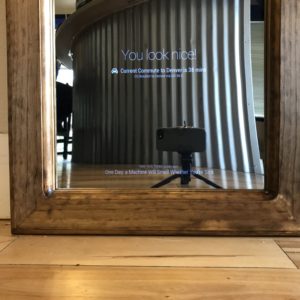

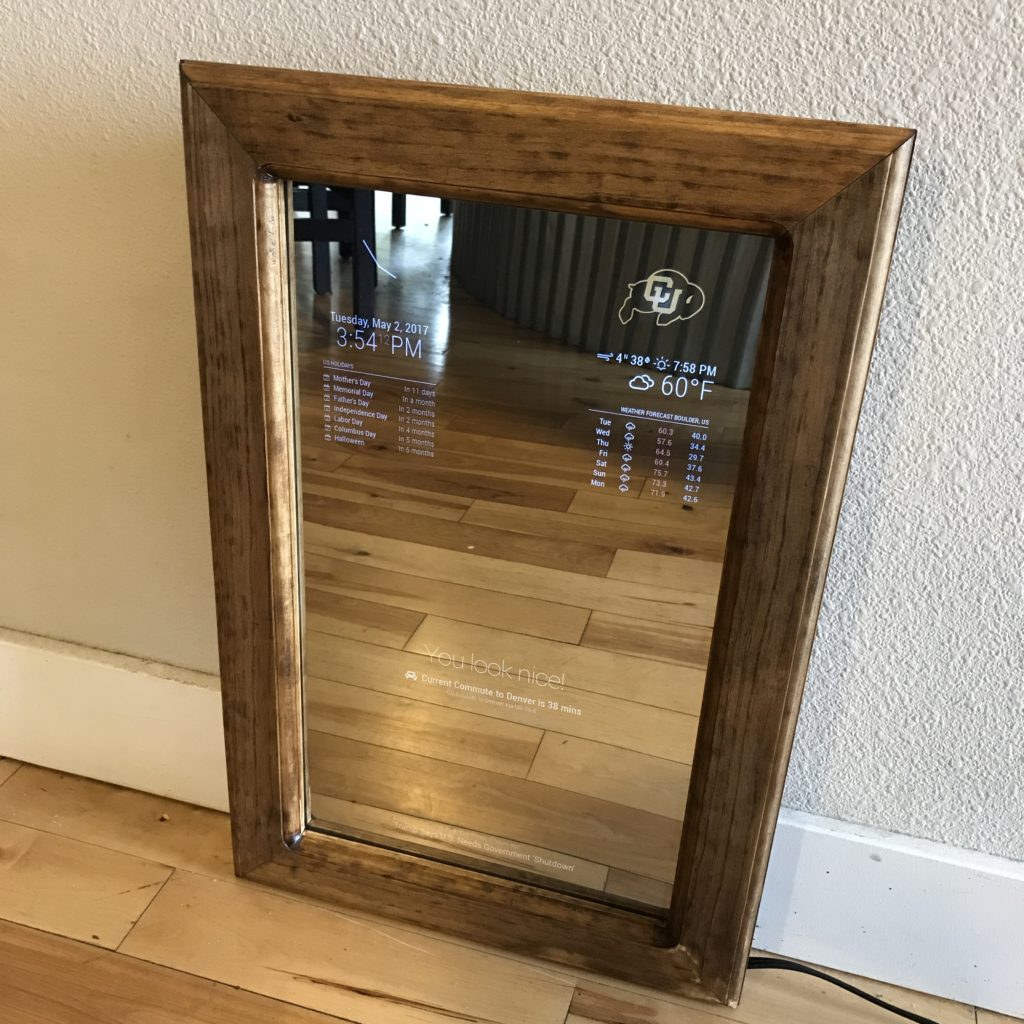
4 Comments. Leave new
so nice. please send cood please
Can you give me some Limitation of your Smart Mirror?
hi, can you show me what type of glass you use?
You routed that by hand?? With no failures? That’s pretty impressive. Did you find yourself learning a lot about woodworking or were you mostly applying techniques you’d already acquired? The stand was spot-on for the style of the frame, but I’m not sure it ends up meshing 100% with the content… a crisp digital display. Definitely unique, and lots of people found it really cool at the Expo, so maybe it’s pointless to be concerned about that. Anyway it’s inspiring to see all these components come together into something modern that’s separate from any of their original forms… monitor becomes just a screen, acrylic becomes mirror, wood becomes a frame.
Though logically, don’t call it a 2-way mirror: It’s a 1-way mirror… one side is mirror, the other side is a window.